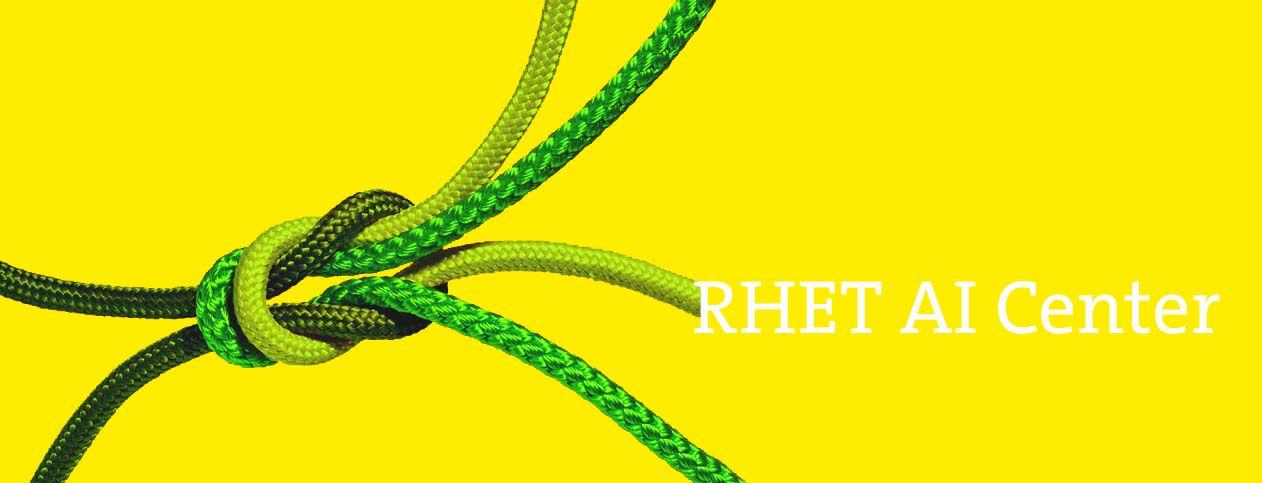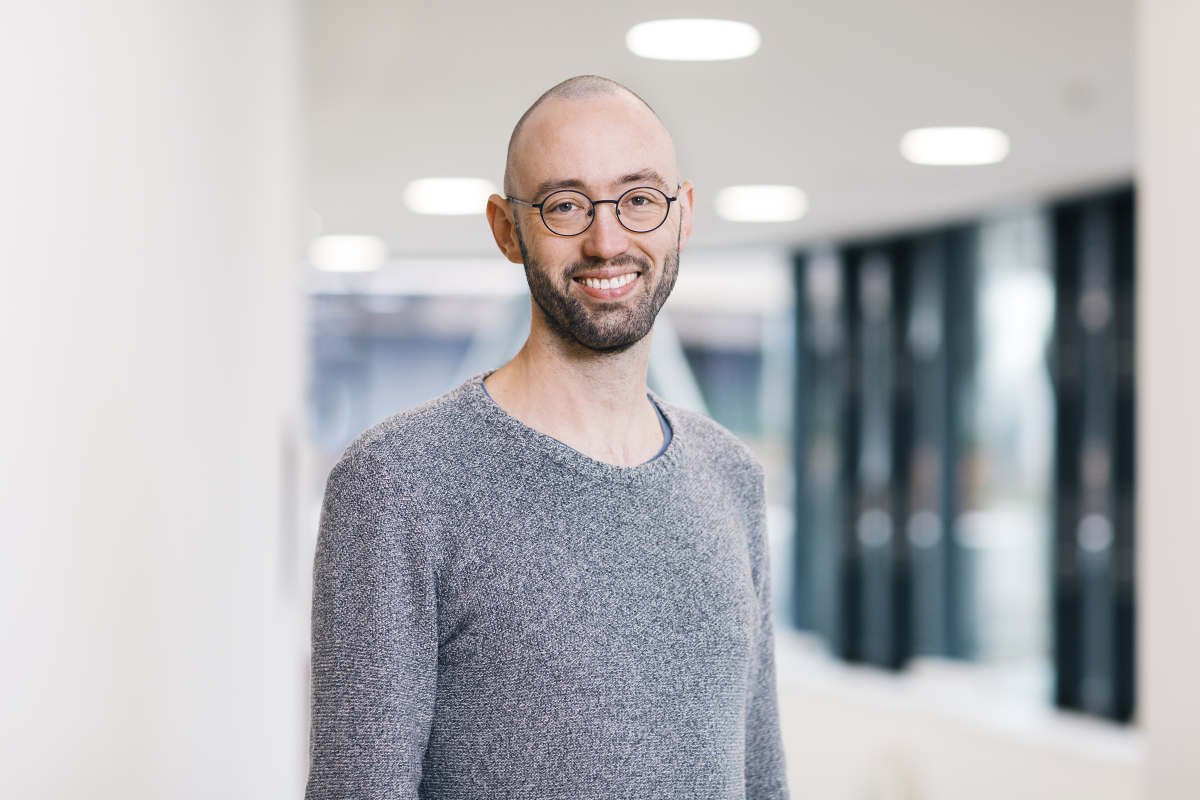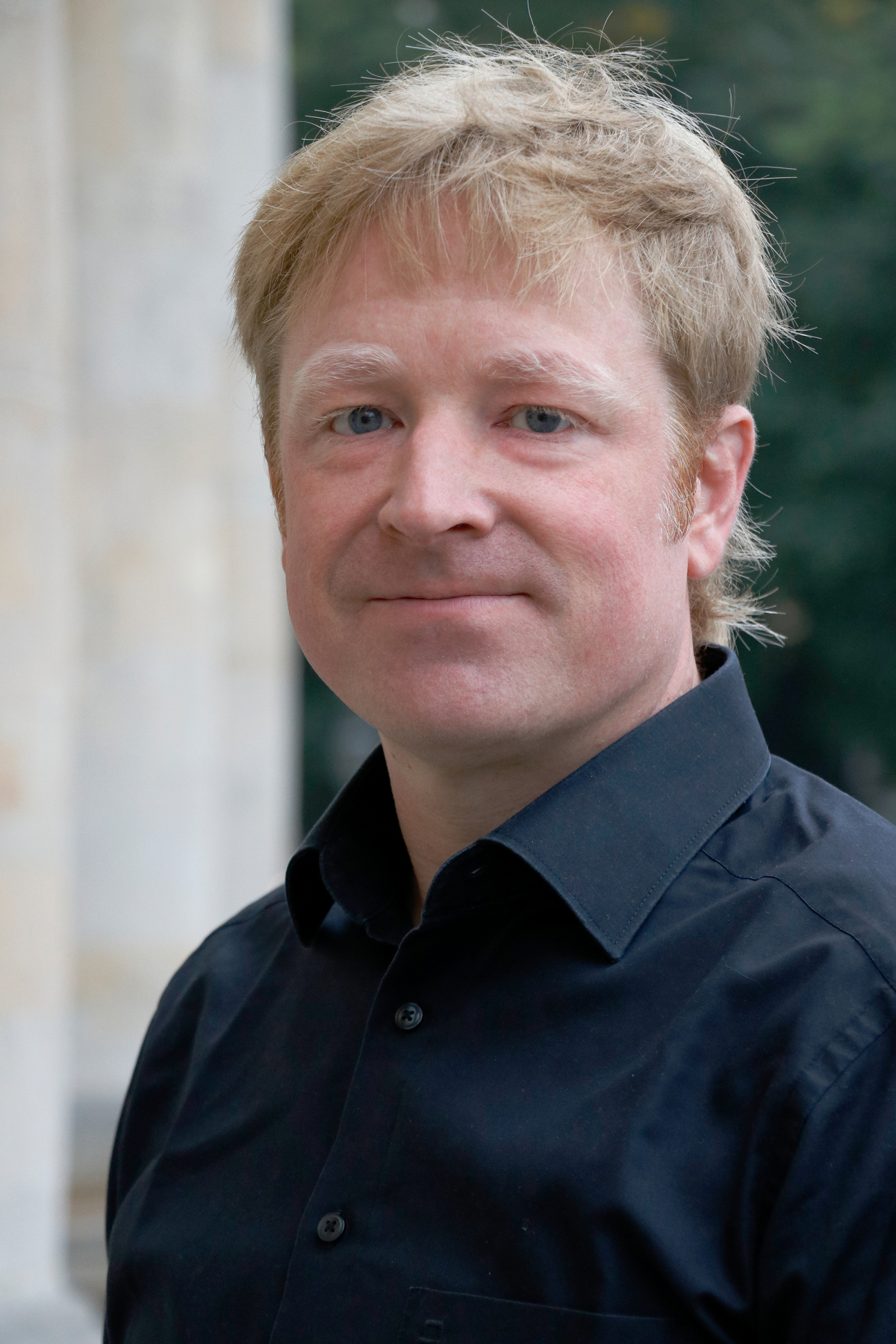
GettyImages-1084541968
Exploring science communication: The RHET AI Center
Is it possible to address the topic of artificial intelligence with objectivity and free of emotion? Researchers at the RHET AI Center are investigating the interests and images that shape the social perception and discourse surrounding the technology.
How can communication with heterogeneous target groups be accomplished successfully? How can research processes be made more clearly comprehensible and the inner workings of the institutions involved be made more transparent? And what is needed to strengthen public trust in the role of science?
Four newly founded interdisciplinary research centers in Kiel, Tübingen, Bonn/Dortmund and Munich are being supported as part of the "Science Communication Cubed" funding initiative, which aims to establish long-term experimental spaces for research on science communication. In each of the four centers, practitioners of science communication work side by side with researchers drawn from across the disciplines and communication sciences, each with a different focus.
Center for Rhetorical Science Communication Research on Artificial Intelligence (RHET AI Center) at the University of Tübingen
"When we talk about artificial intelligence, many people conjure up an image of the Terminator in their minds," says Tübingen-based rhetorician Markus Gottschling. Myths and imaginings of artificial intelligence (AI) are firmly anchored in society. They trigger fears and thus tend to hinder objective discussion of the scientific research topic.
"Rhetoric has the potential to enrich science communication research," Gottschling's colleague Olaf Kramer is convinced. Aristotle already described three dimensions of communication in his doctrine of rhetoric: logos, ethos and pathos. In order to convey knowledge and create understanding, we have to be perceived as sympathetic and competent, and we have to tailor our communication efforts to the emotional needs of our addressees.

Dr. Markus Gottschling is project coordinator at the RHET AI Center – where he also heads the team doing research on strengthening communication skills for scientists.
Collective perception of artificial intelligence
The prevailing images of intelligent robots or the chip in the head, Markus Gottschling explains, tie in with the age-old idea of man-made humanoids who are bent on destroying the world as we know it. Olaf Kramer sees such myths as "both a curse and a blessing": on the one hand, they tend to arouse interest in AI technologies – on the other hand, though, they stand in the way of objective discussion when it comes to concrete applications. And they continue to have a widespread effect on people. Even when choosing which AI research questions to pursue, scientists may be influenced by predominant attitudes and the perceived fears of other people.
The Center for Rhetorical Science Communication Research on Artificial Intelligence has set itself the task of analyzing the current social discourse around AI: Which central terms and word associations recur? Which narratives are transported and maintained in visual representations? "The images and terms tell us a lot about the collective perception of AI," says Olaf Kramer.
"Nothing could be further from our minds than building human-like robots," Philipp Berens assures us. He is an expert in machine learning and describes his research this way: "Our work revolves around the mathematical descriptions of scientific relationships that we apply to questions in neuroscience and medicine. Much of this is trial and error – hand-testing different methods."
Science communication is also exhausting
That sounds rather dry and uninspiring. And yet, "AI is a divisive topic that can polarize society," says Christian Kleinert, who designs student projects on science communication. "That's why it's so important that our communication about the topic reaches as many people as possible." But addressees react differently to communication offers. And even rational thought always takes place in the context of individual views and circumstances, says Olaf Kramer. "In order to be able to communicate neutral insights, it is extremely important to understand the perceptual context of the people we want to reach: What are their driving interests and motivations, and on what emotional level can they best be approached?"

Professor Olaf Kramer teaches rhetoric and knowledge communication at the Eberhard Karls University of Tübingen and can still remember how Input 64 magazine first connected him with AI in 1986 – back then in the form of a compact cassette.
AI is a divisive topic that can polarize society
AI is a divisive topic that can polarize society
To answer these questions, communicators can use objectively accessible criteria, such as prior knowledge of their audience, their level of education, age or social environment. "And science communication must be barrier-free," insists Christian Kleinert. "It's not enough to organize open events and simply to assume that everyone will come. We have to seek people out where they are." The best tailored offers are made by communicators who succeed in taking on the perspective of their addressees. "That can be quite exhausting," Kleinert emphasizes. After all, science communication is not yet in contact with all that many many people. "As a target group, they are difficult for us to reach because we know far too little about them and large sections of potential addressees are still unknown to us."
How can events engage audiences that have previously had little or even no access to science? Exploring this and testing it in real life is a central goal of the RHET AI Center. Markus Gottschling also believes that science has a duty to become actively involved in areas where it can advance our society with its findings. "Communication takes place in many different arenas," he says. And crossing over into another arena, an unfamiliar environment or communication context, is always a challenge, he says. That's the challenge the RHET AI Center aims to prepare scientists for. "We provide them with the tools to make them feel more confident in communicating their findings appropriately in open dialogue, even in foreign arenas," says Markus Gottschling. These include methods of inviting rhetoric, for example. "This can help bring people together and engage in dialog at eye level," he explains.

Professor Philipp Berens is an expert in the application of machine learning in neuroscience and medicine and spokesperson for the Tübingen Cluster of Excellence "Machine Learning - New Perspectives for the Sciences".
Researchers are fond of pizza too
School is a great place for reaching a broad cross section of society. At the Science in Dialog initiative, which is a practice partner of the RHET AI Center, Christian Kleinert has supervised formats that bring students into dialog with researchers. In the chat format "I'm a Scientist" they can exchange ideas with researchers on a specific topic. "This is also about the images that many people have of scientists," says Christian Kleinert. "There are still a lot of fantastical imaginings in young people’s minds." When engaged in personal conversations, though, the students begin to realize that researchers are people just like you and me. They like pizza or spaghetti or going to the movies. Rhetoric expert Kramer explains: "The advantage of the format is that it strengthens the level of ethos in communication: Students experience scientists as approachable, trustworthy people." Conveying this assurance and the opportunity to experience scientists as normal people is an important goal for the researchers at RHET AI center.
The Tübingen Cluster of Excellence "Machine Learning – New Perspectives for Science" also pursues this goal in its blog. "Here we try to use a visual language that puts the researchers more in the spotlight," says data scientist Philipp Berens. "And we show AI technologies and research questions in natural application contexts – such as agriculture or medicine."
Talking about what AI is capable of is a good introduction to this complex topic, says Olaf Kramer. And it's easy to illustrate: AI supports doctors, optimizes agricultural processes – it can even map potholes on roads, he explains. "But science communication shouldn't leave it at that," he says. "It also has to explain how these technologies work."
Providing orientation for society
Are AI technologies a particularly tough nut to crack for science communication in this respect? After all, even AI researchers themselves don't always know down to the last detail how their algorithms arrived at a particular result. This uncertainty is known as the ‘black box phenomenon’. Whether it is solely specific to AI research is a "very complex question," says Kramer – and leaves it at that.

Christian Kleinert studied economics and political science and designs new formats to get young people interested in science.

A window of three images. On the right is a photo of a man in a dark t-shirt and light trousers walking down a narrow street. The curving street is lined with brightly colored terraced houses facing straight onto the pavement, with green trees in large pots on the other side. The images on the left and in the middle consist of multiple colored semi-transparent polygons, made from the key colors of the man's clothes, the houses and the plants. These polygons were randomly initiated, then randomly mutated.The picture illustrates a machine learning model: the decision tree. For this, a model was trained to predict pixel color values based on an original photograph. (Credit Rens Dimmendaal / Better Images of AI / Man / CC-BY 4.0)
He is certain: "The black box points us to another problem: We have to orient ourselves as a society to scientific topics; and we have to do so on the basis of what we know and what we don't know." With a topic like AI, science communication is therefore particularly challenged to also communicate uncertainties and ambiguities in the state of scientific knowledge explicitly and understandably, and to make clear what science can and cannot do.
Our society needs to orient itself along scientific lines.
Researchers and communicators can meet this challenge not only by reporting results, but also by explaining to their audiences the procedures and processes of science and the ways in which they arrive at their findings.
"What makes it really exciting to talk to us," finds researcher Philipp Berens, "are questions like: Why are you doing this? Why are you interested, and what possible developments do you see that will move our society forward in the long run?" Markus Gottschling also encourages AI researchers to rethink how they present themselves and what they do. "Instead of just referring to the fact that they 'work with statistics and models', they should rather highlight what is unique about their approach and get across to their audience what they personally find so fascinating about the topic!"
Institutions involved in the RHET AI Center
- Seminar für Allgemeine Rhetorik (Universität Tübingen)
- Institut für Medienwissenschaft (Universität Tübingen)
- Exzellenzcluster Machine Learning for Science (Universität Tübingen) / Cyber Valley
- Lehrstuhl für Wissenschaftskommunikation mit dem Schwerpunkt Linguistik (KIT)
- Wissenschaft im Dialog



